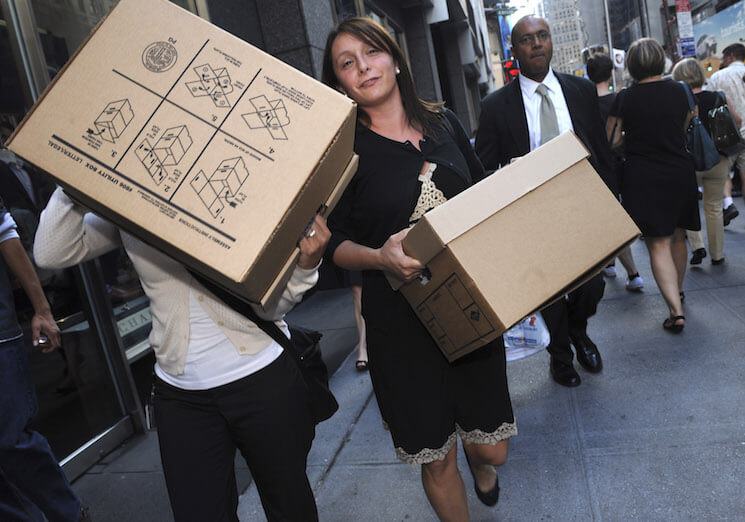The recession next time

Recessions, despite the hopes of economists and policymakers during the Great Moderation, are still very much a part of our economic reality. But as this June will mark seven years since the end of the Great Recession, many economists and policymakers have turned their attention to the next recession. More specifically, they’re starting to think about the best ways to respond to a recession given the lessons learned from the last time and the changing economic environment. And while we know quite a bit more than we did in December 2007, there’s quite a bit of thinking left for us to do.
As past experience shows, trying to predict a recession is a bit of a fool’s errand. But by looking at the data, we might be able to predict what the recession will look like. Matthew C. Klein of FT Alphaville dug through data on the composition of economic growth (the National Income and Product Accounts) from the Bureau of Economic Analysis. He finds that the sections of the economy that fall the hardest during a recession seem fairly consistent: residential investment (housing); durable goods consumption (cars, trucks, furniture, etc.); and business investment in physical equipment. While they seem to show up consistently, their relative contribution varies quite a bit across business cycles.
As Klein points out, these sections of the economy are all quite credit-dependent. Households usually need to take out mortgages to finance home purchases or loans to buy cars, and businesses often finance investment by borrowing funds. So breakdowns in credit will cause these sectors to take a downswing and start a recession. Given that line of thinking, it follows that increasing the amount of credit in the economy will help counteract the effects of a recession.
Of course, flooding the economy with credit is another way of saying “expansionary monetary policy.” And in the current economic situation, monetary policy may not be able to perform like it used to. Research by Sumit Agarwal of the National University of Singapore, Souphala Chomsisengphet of the Office of the Comptroller of the Currency, Neale Mahoney of the University of Chicago, and Johannes Stroebel of New York University shows that the simple expansion of credit didn’t do much to boost consumption in the wake of the Great Recession.
And this is to say nothing of the fact that central banks, including the Federal Reserve, may have to use different tools than they did to fight the last recession. Short-term interest rates are still quite low and long-term rates continue to decline, meaning central banks across high-income countries have less room to cut. The secular decline of interest rates means the old method of simply cutting target interest rates, like the federal funds rate, may not work.
As Matthew Whittaker of the Resolution Foundation lays out in a report from last month about the economic situation in the United Kingdom, policymakers may need to consider negative interest rates, higher inflation targets, or even increased reliance on fiscal stimulus to help boost the economy. The times have clearly changed, so perhaps it’s time for the recession-fighting policy toolbox to change as well.
